It’s 200 years since a statue of Rob Roy was first erected in Peterculter, and Gayle wonders why…
As a kid, I used to get hugely excited whenever my folks drove across the bridge spanning the Culter Burn, on the outskirts of Aberdeen.
There, standing proud on a rocky bank, high above the dark, swirling, waters, was a giant kilted statue of highland warrior Rob Roy, sword in one hand, shield in the other.
The story I was told was that Rob had leapt across the burn here, to escape an enemy – and legend has it he was on the run from the Duke of Montrose’s men in the 18th century.
The statue I gazed at as a young ‘un was the fourth installed, in situ from 1926 to 1991, but there’s been some sort of effigy here to celebrate the red-haired outlaw since the 1820s.
The latest, the sixth, was designed and built by sculptor David J Mitchell in 2017, after the fifth disintegrated.
It came to rest, along with the fourth, in St Peter’s Heritage Centre, in the heart of Peterculter.
Local legend
While I’ve spent many decades believing Rob rocked up in Culter a few centuries ago – I’m not the only one – the truth is somewhat disillusioning.
According to local drama teacher Callum Stuart, nicknamed “The Heritage Hound”, Rob “never came anywhere near Culter”.
Rather, the reason a “statue” was first sited here in August 1822, he says, was that a Mr Walker, an engineer from Culter Paper Mill, was a major Rob Roy fan.
Influence of Sir Walter Scott
So why August 1822?
Callum, who’s spent a great deal of time “sorting truth from fiction”, deduced that it was largely down to huge interest being sparked in the folk hero after the publication of Walter Scott’s novel, Rob Roy, in 1817.
“Scott gained immense popularity, so much so that he was asked to ‘stage-manage’ the first visit of King George the Fourth to Scotland,” says Callum.
“The build-up to the big day – in August 1822 – was keenly supported throughout the country.
“In 1882, there was an interview with a William Marshall, a joiner who worked in the paper mill.
“He told the story of how 60 years ago, in 1822, this engineer, Mr Walker, from the mill, was a fan of Walter Scott, and Rob Roy.
“He wanted to pay homage by having this little bust, or, as it says in the newspaper, ‘fog house’, of Rob Roy – a sort of turf and moss house – to make it look like this was Rob Roy’s little shelter.”
Sad demise
Sadly this was eventually destroyed by mischief-making schoolchildren and it saw its demise around 1867.
However, the concept of a tribute to Rob, in Culter, had been born! And there’s been one there ever since!
The second “statue” consisted of a figurehead taken from an old whaling boat out of Peterhead called Rob Roy, stuck together with two logs for legs, a pair of lead boots, and canvas for a kilt.
He stood from 1850 until 1867 but decay set in, effectively killing him off.
Mannie on the rocks
As locals had become used to what they fondly termed as the “mannie on the rocks”, they decided they to keep the tradition going and raised funds for Rob Roy the third, a 9ft figure carved by a Mr Wishart of Aberdeen.
He was well looked after although he did suffer the indignity of being used as target practice by territorial troops during the First World War.
“They apparently took potshots at his legs so he ended up one-legged!” laments Callum.
Much-loved
The fourth incarnation stood from 1926 to 1991, was unveiled by Jessie Thomson, cost £100 and was carved from a 9ft length of Quebec pine by David Graham.
He was much-loved by locals, with a fund in the 1960s to ensure his upkeep – and he was often treated to a fresh lick of paint by George Shaw, with joinery repairs by Bob Duncan.
Sadly, however, he had to be removed – after 65 years – in 1991.
“He was rotting away,” says Callum.
“Mice had got into his feet: he was a right state.
“They let him dry out for about a year but when they took a chainsaw to save the best bits, he just disintegrated, leaving only his head, which is now in the heritage centre.”
Inside the centre, members of St Peter’s Heritage Trust show me this sorry-looking head, and it’s strange to think this was the “hero” I stared, open-mouthed at, as a wee kid.
Resplendent Rob
Looking rather more resplendent beside him is the fifth Rob, a 9ft 6in giant who stood from 1991 to 2017 at a cost of £12,000.
Again, time took its toll, and after 26 years he had deteriorated badly but he was restored and repainted to his former glory by students from Aberdeen College and is enjoying a happy, less precarious sort of retirement.
Current Rob on the rocks
After I’ve craned my neck looking up at this fine specimen for long enough, I head to Culter Burn to check out the current Rob, created by David J Mitchell at a cost of £50,000 and unveiled in 2017.
Of course, everyone has a favourite, and for me, it’s a toss-up between the fourth and the fifth – purely because I grew up with them.
Every version has drawn its critics, with the 1991 version being called a “wimp” in the local press, due to his “sword down” approach!
Whatever you make of the current Rob, he’s an important part of Culter’s heritage. Let’s hope he lasts a long, long time!
- Check out Callum’s research at culter.net and follow St Peter’s Heritage Centre on Facebook.
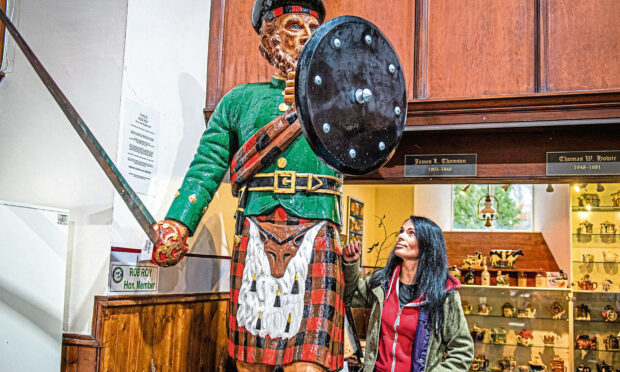
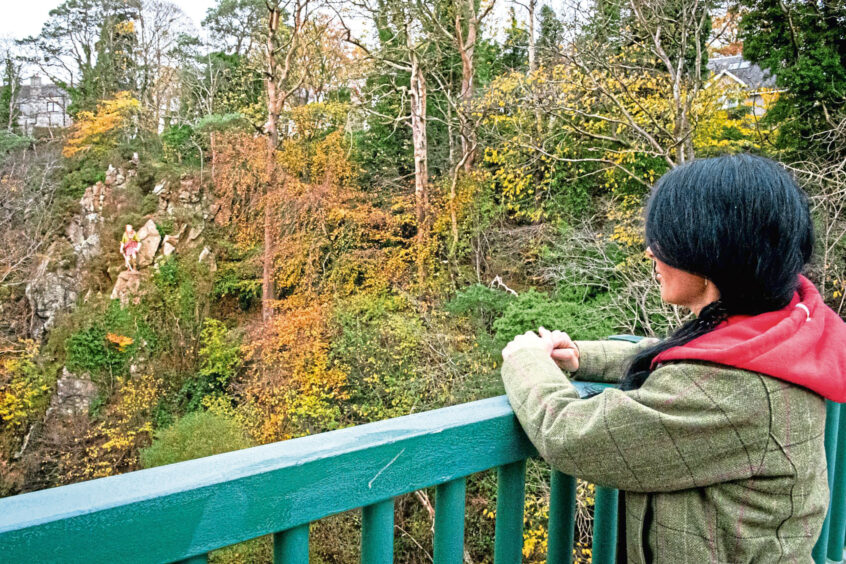
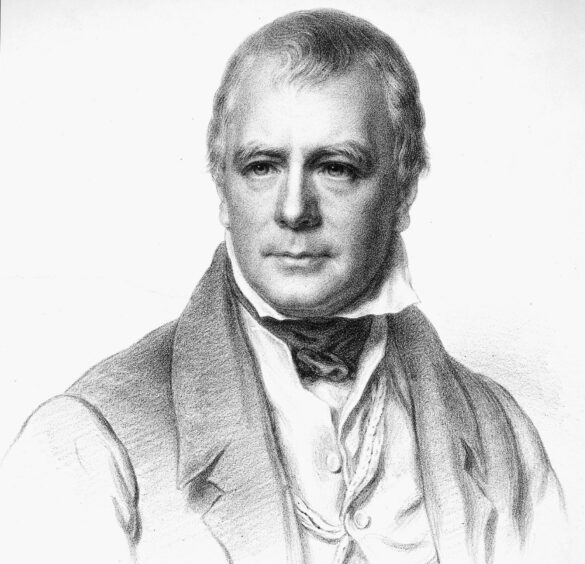
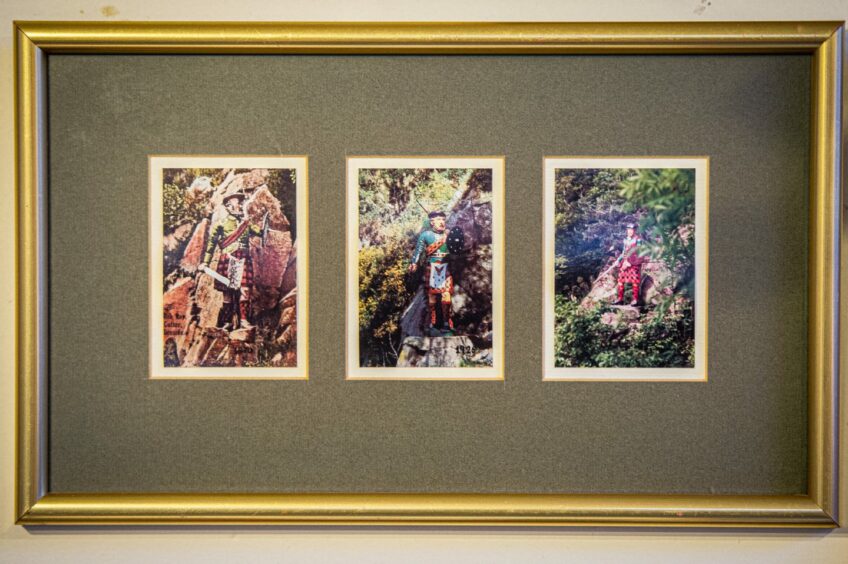
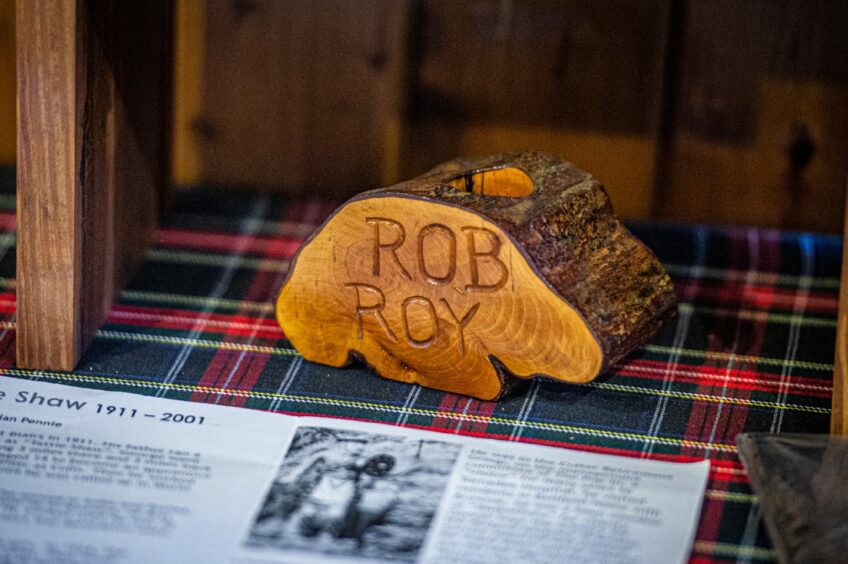
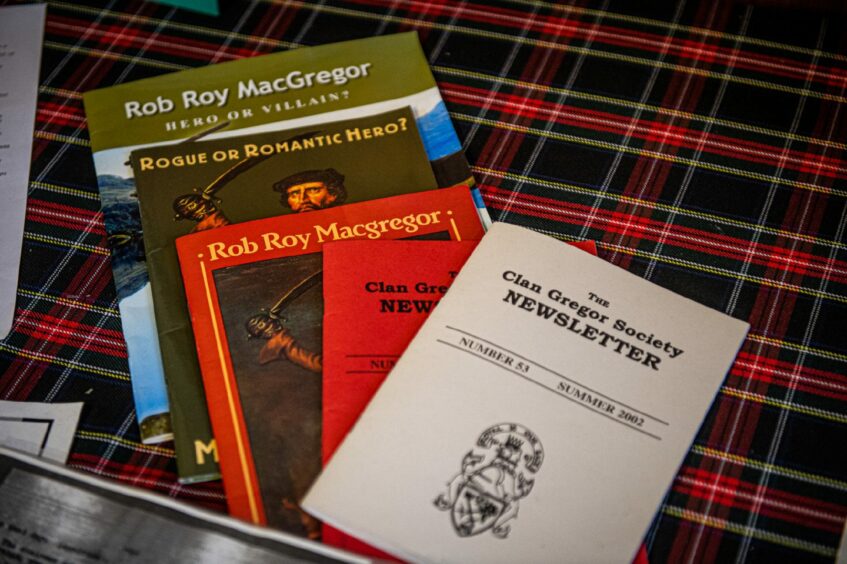
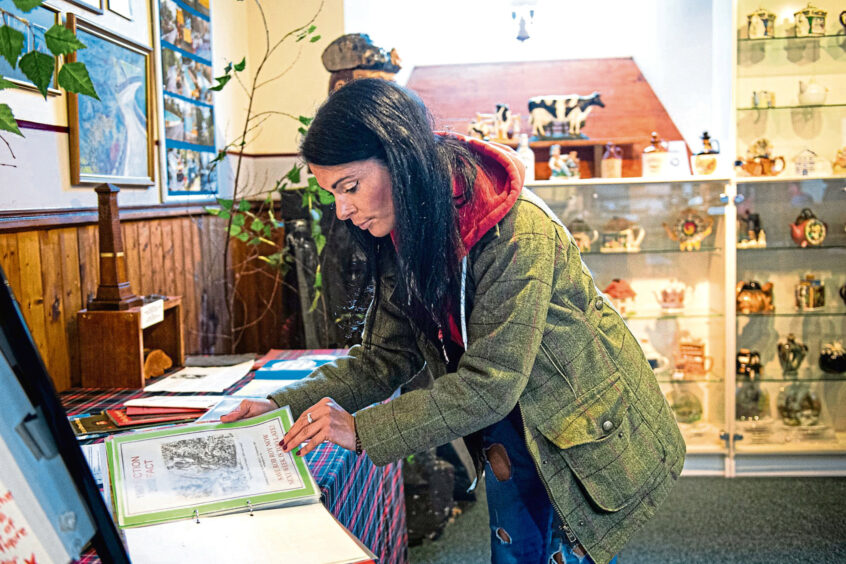
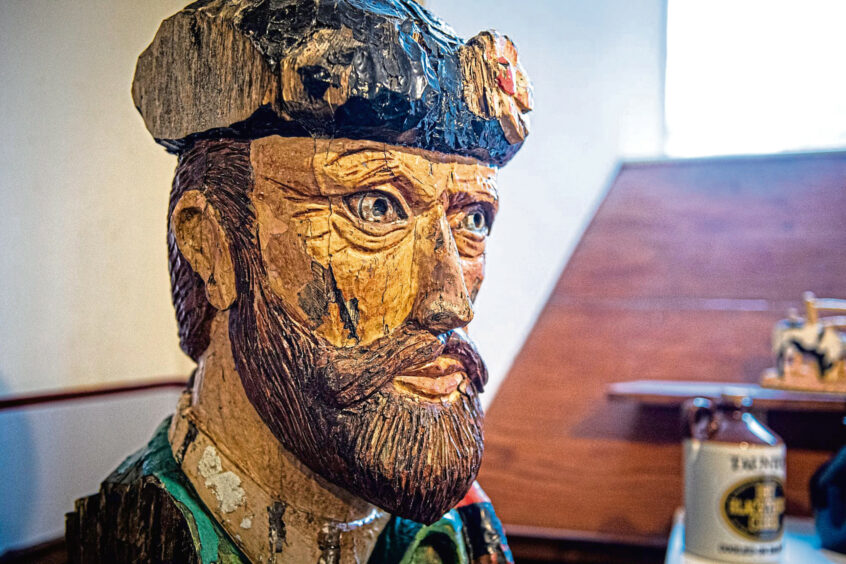
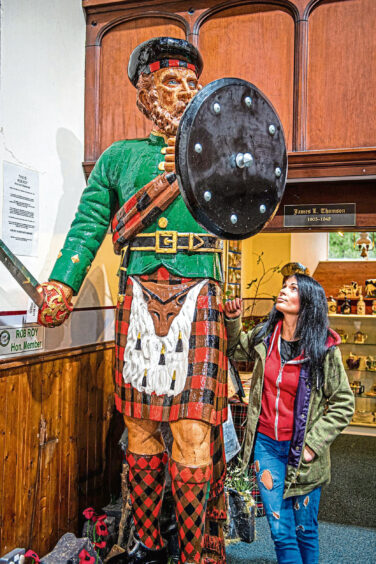
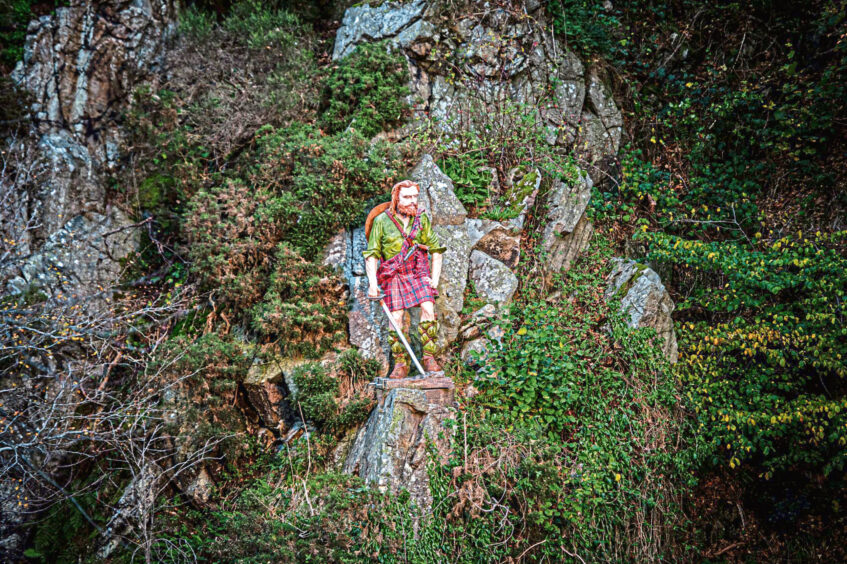






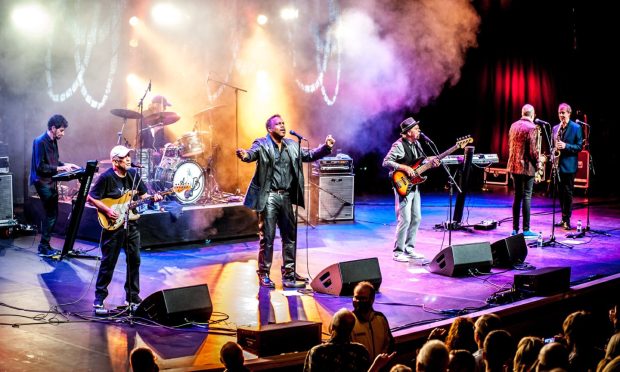



Conversation